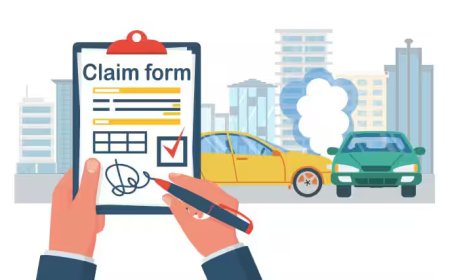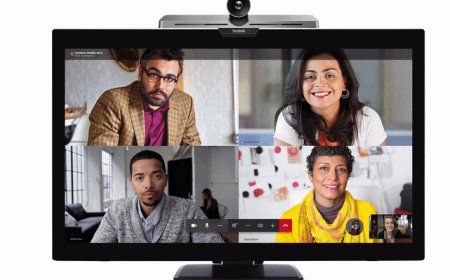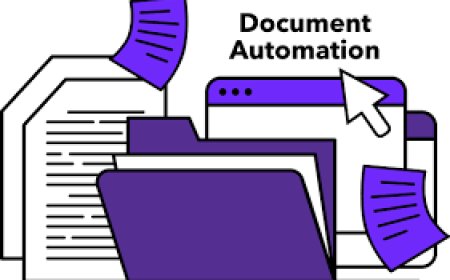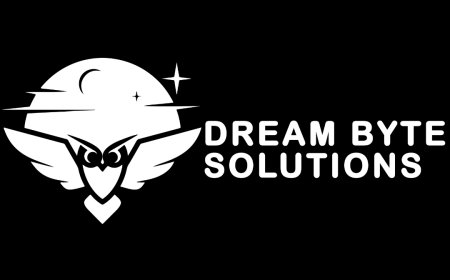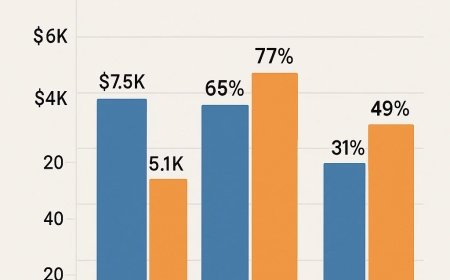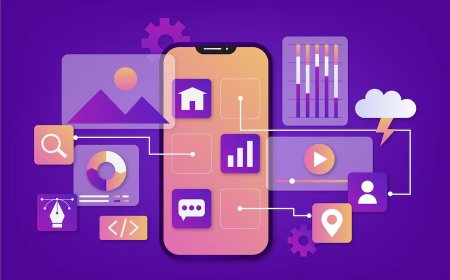321 Sec, Section 321 Entry Requirements Explained for Importers and Shippers
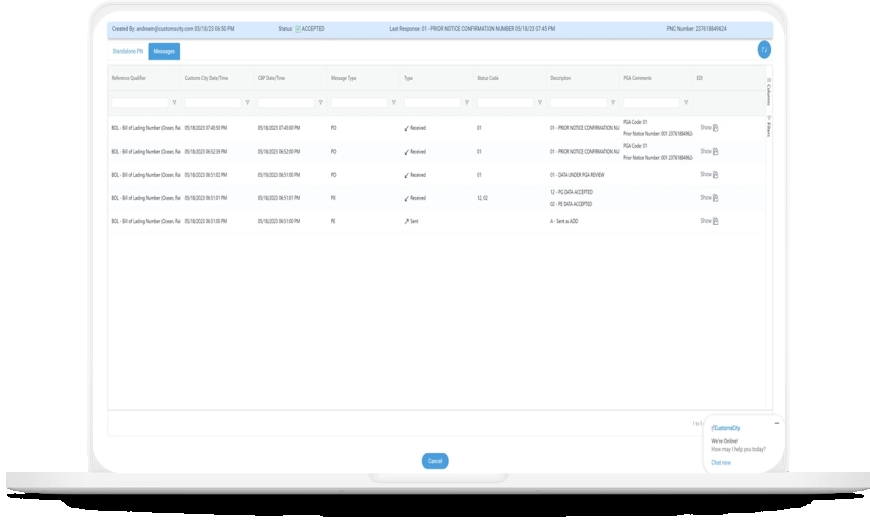
Section 321 allows certain shipments entering the U.S. with a value of $800 or less to enter duty- and tax-free, streamlining the import process for low-value goods. To qualify, shipments must meet specific entry requirements, including proper documentation and adherence to Automated Commercial Environment (ACE) mandates.The Section 321 Data Pilot enhances this process by requiring electronic transmission of key shipment data before arrival, improving clearance efficiency and compliance while still allowing duty-free entry for eligible goods. This pilot and the related Entry Type 86 offer additional transparency by collecting more detailed importer and product information.Understanding these requirements is crucial for importers and customs brokers aiming to take full advantage of Section 321 benefits. Accurate, timely data submission ensures goods clear customs smoothly without unnecessary delays or fees.
Section 321 Entry Requirements Overview
Section 321 allows certain shipments to enter the U.S. duty-free without formal entry procedures. Specific conditions must be met regarding who handles the shipment, the value and type of goods, and the documentation submitted.
Who Needs To Meet Section 321 Requirements
Importers or parties responsible for bringing goods into the U.S. must ensure compliance with Section 321. This typically includes businesses involved in eCommerce, fulfillment centers, and brokers managing low-value shipments.Anyone claiming Section 321 benefits must accurately declare shipment details to U.S. Customs and Border Protection (CBP). Failure to meet requirements may result in delays, fines, or the inability to use this entry type.
Eligibility Criteria for Section 321 Entry
Section 321 covers shipments valued at $800 or less per entry. The goods must be imported by one person on one day and be intended for personal or commercial use.Certain product types may be restricted or excluded under other regulations. The shipment must not require formal customs entry or payment of duties and taxes.
Documentation Needed
While formal entry forms like CBP Form 7501 are not required, basic shipment information is necessary. This can include descriptions, values, and harmonized tariff codes submitted through the Automated Broker Interface or directly to CBP.Accurate records must be maintained in case of audits. Partner government agency data requirements may apply depending on the type of goods imported.
321 Sec Compliance and Application Process
Section 321 requires specific filing protocols and data accuracy to ensure the smooth entry of low-value shipments into the U.S. Understanding the filing process, avoiding common errors, and staying updated with regulatory changes is crucial for compliance.
Steps To File a Section 321 Entry
To file a Section 321 entry, the importer or their agent submits shipment details electronically through the Automated Broker Interface (ABI). This includes product description, value, quantity, and country of origin.The shipment must meet the low-value thresholdcurrently up to $800to qualify. The filer uses entry type 86, a streamlined code designated for these shipments. No formal customs entry or bond is required.Carrier or customs brokers typically handle the submission. Proper documentation ensures quick clearance without inspections, expediting delivery.
Common Mistakes and How To Avoid Them
Inaccurate or incomplete data is a frequent issue that causes delays. Errors in product descriptions or declared values can flag shipments for inspection or rejection.Failing to use the correct entry type (86) or misunderstanding eligibility criteria leads to non-compliance. Importers should verify shipment value to confirm qualification under Section 321.Maintaining thorough records and using certified customs brokers reduces errors. Automation tools can help manage data accuracy and submission timelines.
Recent Updates Affecting 321 Sec Regulations
Since 2019, the Section 321 Data Pilot introduced voluntary enhanced data submission to reduce inspections. Carriers submitting these data points improve processing speed at ports of entry.Customs and Border Protection (CBP) has refined entry type 86 requirements to ensure better data reporting. They focus on partner government agency compliance, requiring additional information when necessary.Importers should monitor CBP announcements for changes in value thresholds and documentation requirements to stay compliant and benefit from faster clearance.








&srotate=0)



